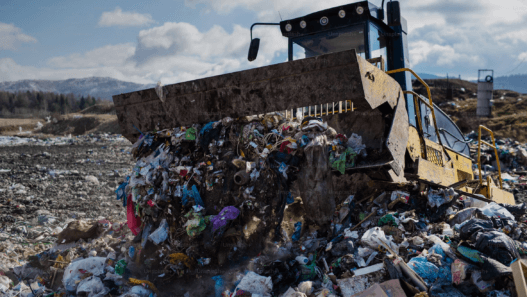Table of Contents
Have you ever wondered how far artificial intelligence could go? Over the last few years, it has evolved impressively; it seems that there is nothing now that AI cannot do. From conversations with us almost imperceptibly to creating art and even replicating video games without using a single line of code. Quite a revolution. However, at what cost?
You can imagine how, behind this technological promise, lies an even more worrying potential e-waste time bomb. Let’s break this down bit by bit.
E-Waste Generation in the Age of AI
On the one hand, we have the unstoppable growth of large language models such as ChatGPT. These models require such extensive compute resources that the associated infrastructure and hardware are constantly being updated to keep up. And this is where a very important drawback arises: the generation of millions of tons of electronic waste.
Think of printed circuits and batteries. They are full of materials that can be highly polluting, such as lead and mercury. Each update means that the previous equipment will probably end up in some landfill. And how many of us have experienced that of changing our phone simply because a new model came out? Now extrapolate that to a global scale with specialized AI hardware; therein lies the dilemma.

Strategies to Avoid the Waste Boom
Although the outlook looks somewhat gloomy, all is not lost. Several experts and organizations are defending the circular economy as a possible salvation. The idea is to extend the useful life of the current infrastructure and reuse key materials in the reconstruction processes. This approach could dramatically reduce the amount of waste generated by AI.
Imagine a strategy that reduces waste by up to 86%. That would not only represent a huge victory for the environment, but would also allow the technology to continue to make its way in a sustainable way.
Projections and Future Realities
Now, what will happen between now and 2030? According to a recent study, we could be leading a future where AI waste will increase to staggering levels, similar to each of us throwing away a smartphone per year. This is an environmental challenge that we must be aware of right now.
At this point, you may be wondering how you can contribute. The answer lies in informing ourselves and promoting more environmentally friendly practices. Because even if technology continues its meteoric rise, we can always choose to do so responsibly.
Be a part of over Success!
- Stay ahead of the curve with the latest tech trends, gadgets, and innovations! 🚀🔗Newsletter
- Follow me on Medium for more insights ⭐
- For any Q&A, follow me on Quora
- For the latest Cryptocurrency News🪙, follow me on Steemit.






















